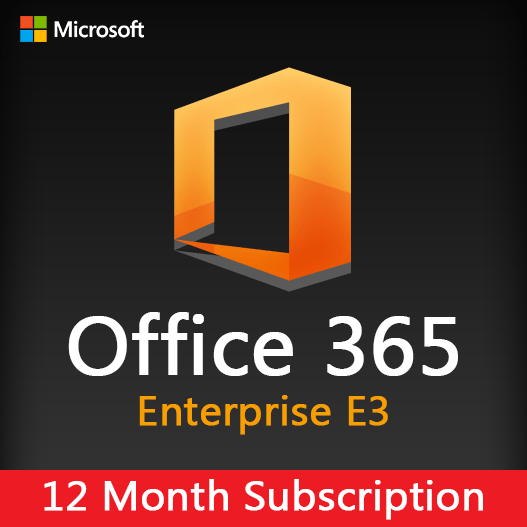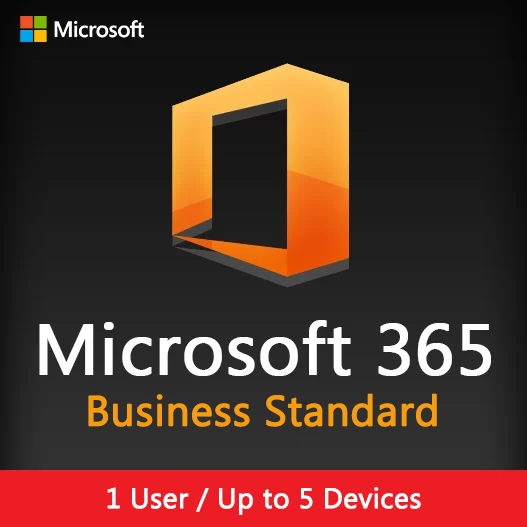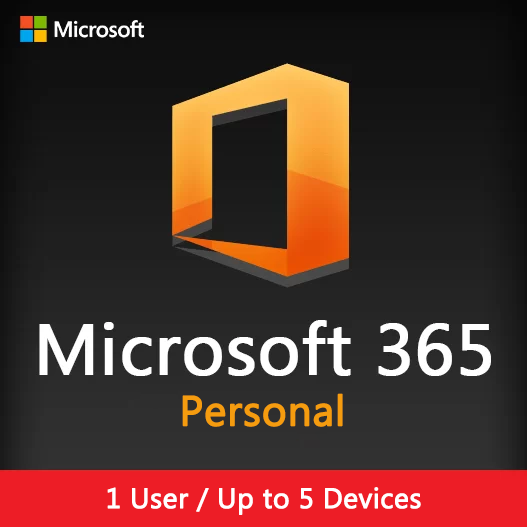Home » Exploring Advanced Security Features in Microsoft 365
Exploring Advanced Security Features in Microsoft 365
Security is a top priority for organizations, and Microsoft 365 provides a robust set of advanced security features to help protect your data, users, and resources. These features go beyond basic security measures, offering comprehensive protection against evolving threats. In this guide, we’ll explore advanced security features in Microsoft 365.
The Evolving Threat Landscape
Cybersecurity threats continue to evolve, and organizations face a variety of risks, including phishing attacks, ransomware, data breaches, and insider threats. Advanced security measures are essential to safeguard sensitive information and maintain business continuity.
Advanced Security Features in Microsoft 365
Advanced Threat Protection (ATP)
Microsoft 365 ATP offers protection against advanced threats, including phishing, malware, and zero-day attacks. It scans email attachments, links, and files in real-time to block malicious content.
Identity Protection
Azure Active Directory Identity Protection helps detect and mitigate risks related to compromised user identities and offers multi-factor authentication for added security.
Data Loss Prevention (DLP)
Microsoft 365 DLP allows you to create policies that prevent sensitive data from being shared, both inside and outside your organization.
Conditional Access
Implement conditional access policies to control access to your resources based on various conditions, such as location, device health, and user behavior.
Information Protection
Use Azure Information Protection to classify, label, and protect sensitive information across Microsoft 365 apps and services.
Cloud App Security
Microsoft Cloud App Security provides visibility and control over cloud applications and services used within your organization, helping you identify and mitigate shadow IT.
Threat Intelligence
Microsoft 365 Threat Intelligence offers insights into the threat landscape and provides actionable intelligence to protect your organization.
Security Score
Use Microsoft 365 Security Score to assess your organization’s security posture and receive recommendations for improvement.
Best Practices for Implementing Advanced Security
Security Policies
Define and enforce security policies that align with your organization’s requirements.
Training and Awareness
Educate users about security best practices, including recognizing phishing attempts and protecting sensitive data.
Regular Audits
Conduct regular security audits and assessments to identify vulnerabilities and weaknesses.
Incident Response Plan
Develop a robust incident response plan to address security incidents swiftly and effectively.
Security Updates
Keep Microsoft 365 services and applications up to date with the latest security patches and updates.
Monitoring and Alerting
Implement continuous monitoring and alerting to detect and respond to security threats in real-time.
Continuous Learning
Stay updated with the latest developments in Microsoft 365 security by regularly reviewing Microsoft’s security documentation and attending security training.
Exploring and implementing advanced security features in Microsoft 365 is crucial for protecting your organization’s data, users, and resources in today’s complex threat landscape. By leveraging these features, following best practices, and fostering a culture of security awareness, you can significantly enhance your organization’s security posture.
Recent posts

What is Dynamics 365 Customer Insights
Unlock the full potential of customer data with Dynamics 365 Customer Insights. Discover how AI and analytics create personalized experiences.

What is Dynamics 365 Business Central Premium
Discover Dynamics 365 Business Central Premium, the ERP solution enhancing SMB efficiency with advanced financial, project, and operations management.

Unlocking Advanced Features in Microsoft Excel: Beyond the Basics
Explore advanced Excel features and functionalities to enhance data analysis, visualization, and automation for improved productivity.











